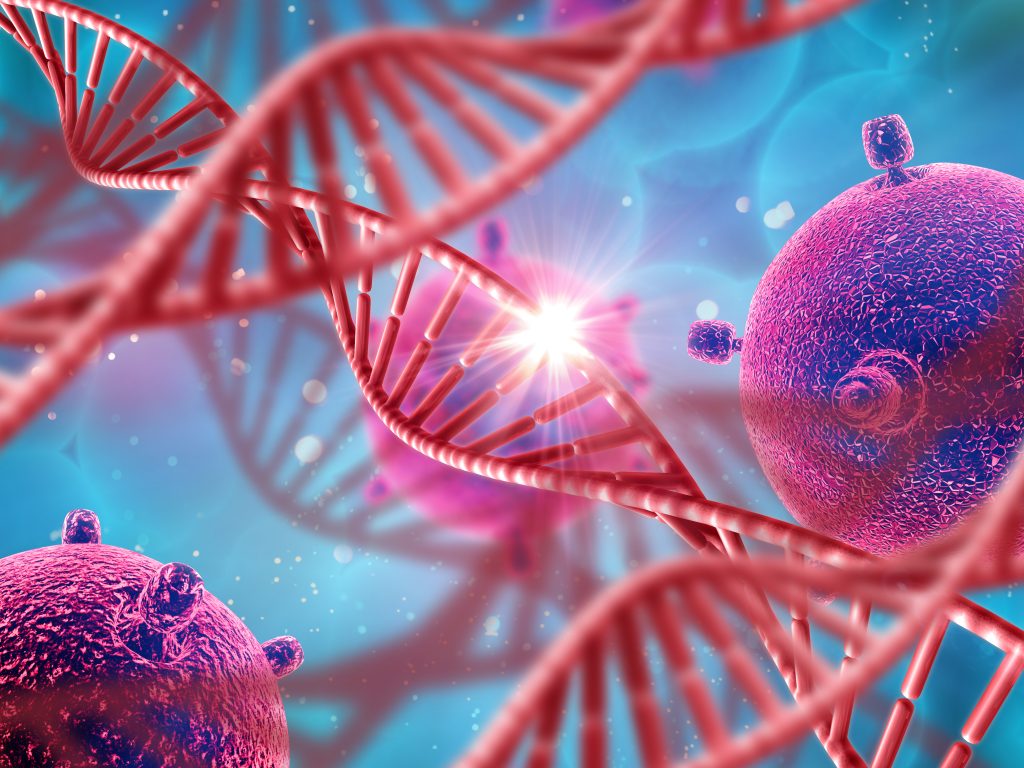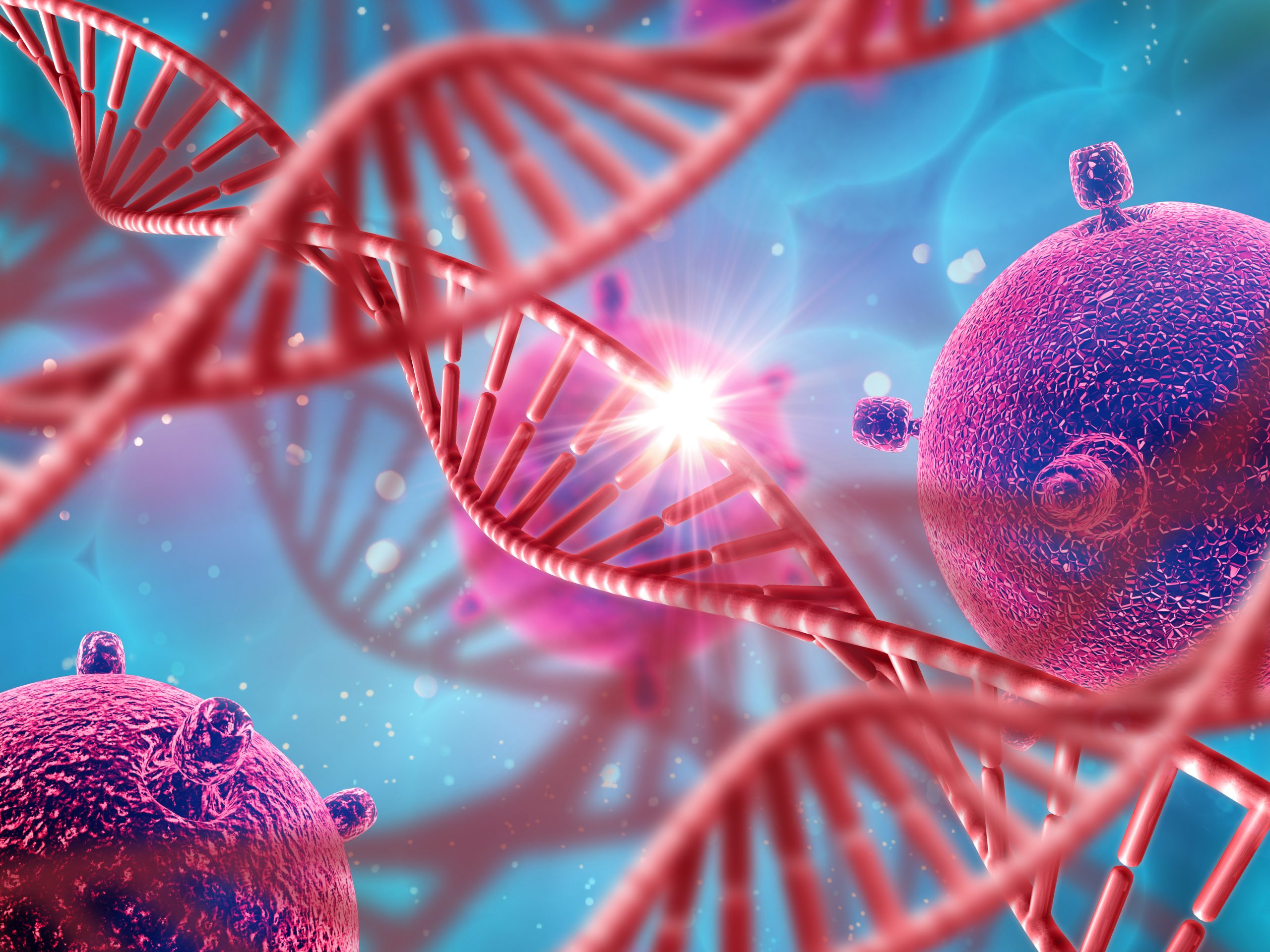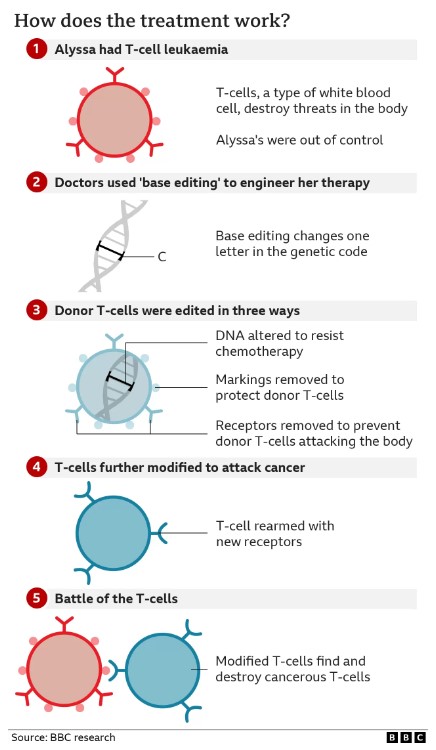First, wait, what? What is genomics?

Do you look like either of your parents, or a brother or sister? Is there a particular trait that runs in your family? Most people have heard of genetics, which is the study of genes and how certain characteristics (including many diseases) can be passed on from one generation to the next through our genes. Genes are short sections of DNA and DNA is found in nearly every cell that makes up the body. It’s our DNA that provides the instructions that the body needs to grow, function and repair itself. These ‘instructions’ are in the form of chemical codes or chemical bases, often referred to simply as A, C, T and G. The sequence of these bases as they are arranged along a strand of DNA is what provides the code for a specific set of instructions. The entire set of DNA instructions, including our 20,000 or so genes, is called the genome. Every living organism has a genome.
For very many years, scientists and health professionals focussed on how individual genes actually worked, and what happened if they stopped working properly. That single gene research is still important, especially for families affected by strongly inherited diseases, such as Huntington’s disease or cystic fibrosis. But genomics considers all of our genetic material, looking at how genes interact with each other, with our environment, with the medicines we may take and so on. Scientists and clinicians can do this by looking at the DNA of a person into the tiniest detail of the sequence of the chemical bases along a strand of DNA. They can even identify a change of one base for another, like being able to identify a change of one letter within a whole book. The technology required to be able to do that is highly sophisticated and the advances in genomics science in recent years have been truly amazing, leading to ground-breaking discoveries such as in how we become ill, why some people respond to medicines differently from others and crucially, in how harmful alterations in the DNA could be corrected. Every person’s genome contain many such alterations and whilst most of these are harmless, some can trigger disease.
Three news stories in December illustrate the potential power of genomics.
1. Base editing: Revolutionary therapy clears girl’s incurable cancer
BBC News reported on 11th December the very exciting news that Alyssa, a young girl who had been diagnosed with T-cell acute lymphoblastic leukaemia last year and who has undergone a clinical trial as a ‘last chance’ attempt to treat her, has had all signs of the cancer removed from her body. The revolutionary treatment uses genomic technology to make corrections and modifications to the genetic code controlling the T cells. This sort of technology does come with some serious laboratory kit (at serious prices) but the most important tools used are chemical tools – specific chemicals that can snip out or insert a tiny section of code into the gene. Remember – genes are in the cells of our body and you can’t see cells with the naked eye, let alone the genes inside them! In the BBC news article, they refer to the approach used to treat Alyssa as ‘base editing’ and it is relatively new. They explain the process in the diagram.
The article quotes one of the doctors involved in Alyssa’s treatment, saying: “It is extremely exciting. Obviously, this is a new field in medicine and it’s fascinating that we can redirect the immune system to fight cancer.”
2. Newborns to get rapid genetic disease diagnosis
On 13th December, BBC News reported that 100,000 newborns in England will have their whole genome analysed (that is, the sequence of the chemical bases along the lengths of all the DNA stands that make up our genome) is not unexpected as the government has consulted on such a step before, but for every newborn child. There has been controversy about whole genome sequencing because of the considerable ethical issues this can raise about ownership of information, privacy and the right not to know what conditions an individual could be at high risk of developing at some point in the future. The Newborn Genomes Programme sidesteps this by looking only for around 200 conditions which can be detected from alterations in the DNA sequence and which can be treated. Taking this step should ensure rapid diagnosis, even before symptoms develop and prompt earlier medical interventions.
3. Cancer mRNA vaccine completes pivotal trial
There are cautious grounds for optimism in this report from BBC news, also on 13th December. Building on the same technology used for the Covid-19 mRNA vaccine, researchers have trialled a vaccine that can fight skin, bowel and other types of cancer. It works by priming the immune cells to seek out and destroy cancer cells without killing healthy cells. The vaccine is tailored to each person’s cancer, as cancers have their own ‘DNA fingerprint,’ so would also be very expensive to make.
The caution comes because further trials are needed, along with independent scrutiny of the results. However, the BBC quotes Alan Melcher from The Institute of Cancer Research as saying: “There’s no question, this is very exciting. These results show the feasibility of making and delivering personalised vaccines to treat cancer, and that the vaccine can add benefit to current treatments.”
Maggie Kirk


